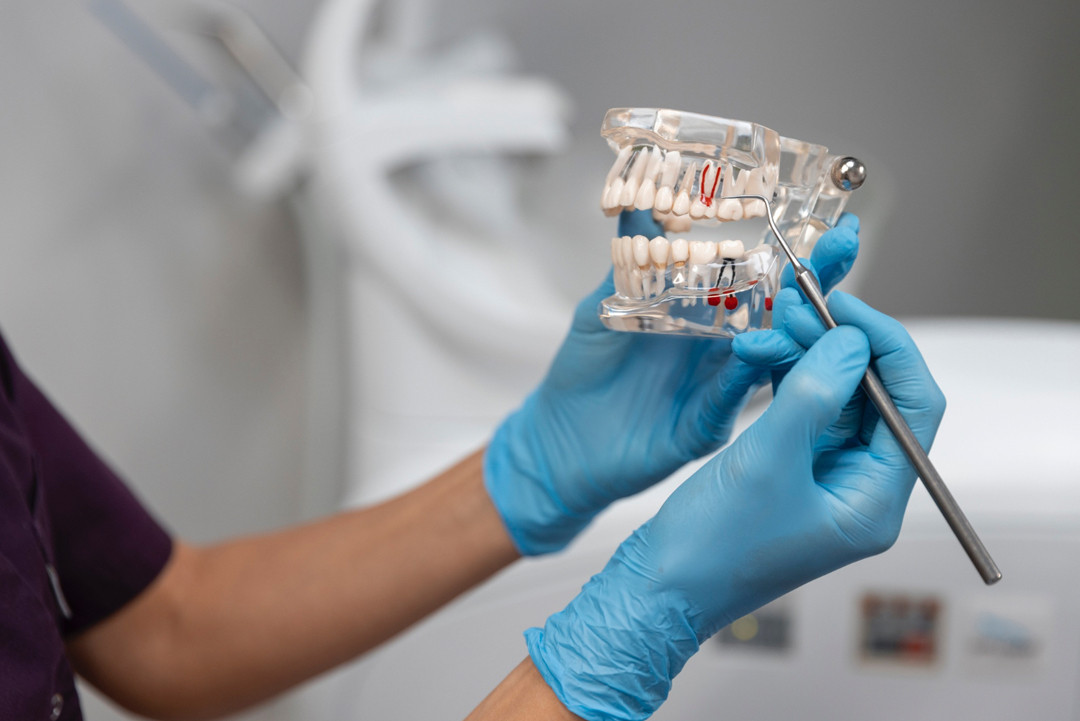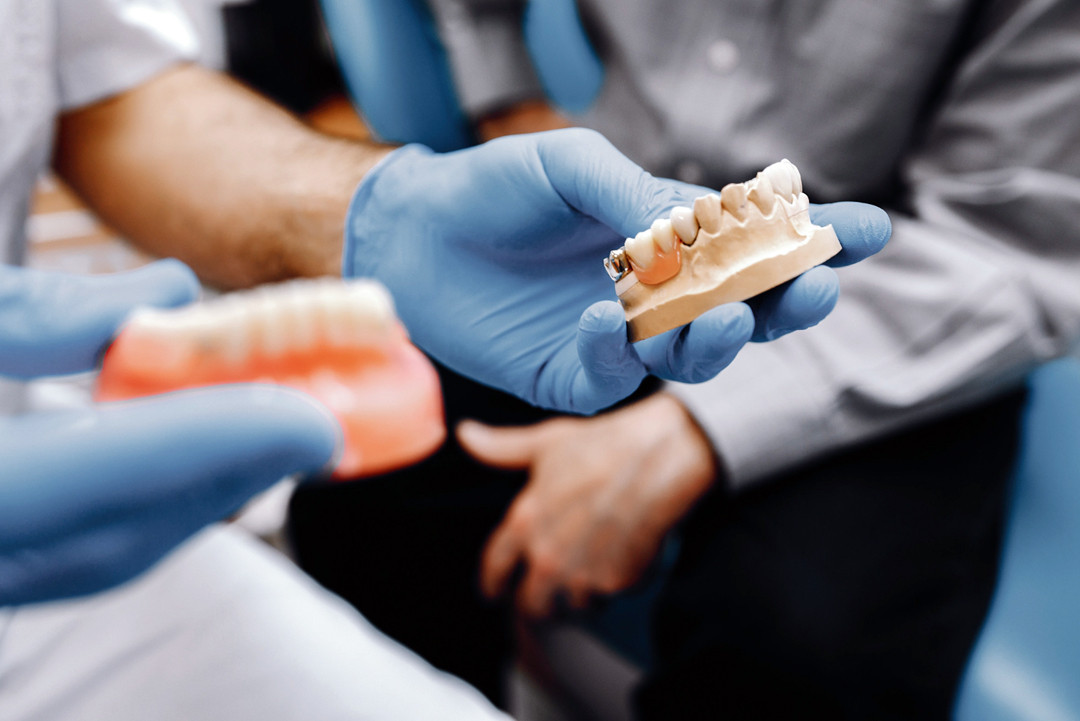What is Physiotherapy?
Physiotherapy, also known as physical therapy, is a healthcare profession focused on restoring and improving physical function, mobility, and quality of life through non-invasive techniques. Physiotherapy addresses a wide range of conditions related to injury, illness, or disability and emphasizes prevention, recovery, and wellness.
When Should You See a Physiotherapist?
You may benefit from physiotherapy if you experience:
- Recovery from an injury (sports, workplace, or accident-related)
- Chronic pain (e.g., back pain, arthritis)
- Disability affecting movement or function
- Post-surgery rehabilitation (e.g., joint replacements)
- Injury prevention strategies
- Improvement in general physical health and fitness
What to Expect During Physiotherapy
- Initial Assessment: The physiotherapist conducts a detailed evaluation, including:
- Medical history review
- Physical examination to assess strength, flexibility, balance, and range of motion
- Treatment Plan: A personalized plan is created, incorporating:
- Exercises and stretches
- Manual therapy (e.g., massage, joint mobilization)
- Assistive devices or aids if needed
- Progress Monitoring: Regular evaluations to adjust the treatment plan based on progress.
Common Conditions Treated by Physiotherapists
- Neurological Disorders: Stroke, multiple sclerosis, spinal cord injuries
- Musculoskeletal Issues: Sprains, strains, arthritis, fractures, postural issues
- Cardiovascular and Respiratory Conditions: Chronic obstructive pulmonary disease (COPD), asthma, post-cardiac surgery care
- Pediatric Disorders: Cerebral palsy, developmental delays
- Geriatric Issues: Osteoporosis, balance problems, fall prevention
- Sports Injuries: Tendonitis, ligament injuries, rehabilitation
Treatment Methods in Physiotherapy
1. Thermotherapy
Use of heat or cold applications to relieve pain and inflammation.
2. Electrotherapy
Electrical stimulation techniques like TENS to reduce pain and muscle spasms.
3. Magnetotherapy
Use of magnetic fields to stimulate deep nerve tissues and improve balance and pain management.
4. Laser Therapy
Promotes cell growth, accelerates healing, and is useful for injuries, joint pain, and chronic conditions.
5. Extracorporeal Shock Wave Therapy (ESWT)
Uses high-energy sound waves to stimulate tissue repair.
6. Mechanotherapy
Includes massage, traction, manipulation, and exercises to address musculoskeletal issues.
7. Biofeedback
A technique to help patients become aware of and control physiological functions.
8. Acupuncture
Insertion of thin needles to relieve pain and improve function, often paired with electroacupuncture.
9. Spa and Balneotherapy
Therapeutic use of mineral-rich hot water, mud, or gases.
10. Orthoses and Prostheses
Devices to correct or support body parts; rehabilitation for amputees to adapt to prostheses.
11. Walking Aids
Tools like walkers, canes, and crutches to support mobility.
Rehabilitation for Specific Needs
- Amputation Rehabilitation: Pre- and post-surgery care to preserve muscle strength and adapt to prosthetic limbs.
- Neurological Rehabilitation: For conditions like stroke or spinal cord injuries to regain lost function.
- Pediatric Rehabilitation: Tailored exercises and treatments for developmental delays and congenital conditions.
Benefits of Physiotherapy
- Pain management without medication
- Improved mobility and strength
- Faster recovery from surgery or injury
- Prevention of further injury or recurrence
- Enhanced overall well-being
Physiotherapy combines specialized knowledge with hands-on techniques to help patients regain independence and enjoy an improved quality of life. Regular follow-ups and adherence to prescribed exercises are crucial for long-term success.


















